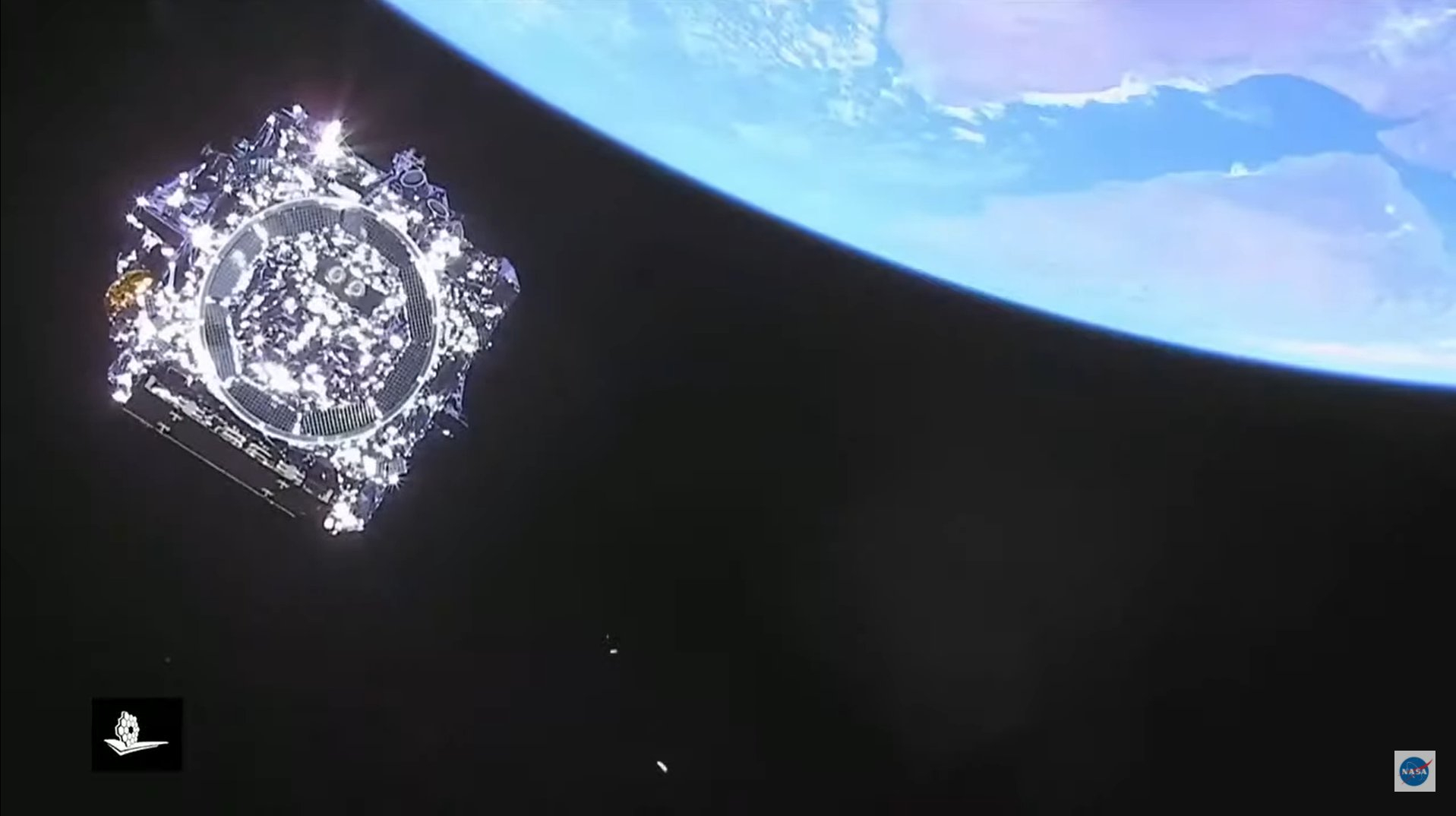
The James Webb Space Telescope has reached a milestone, unfolding to mark the beginning of an important phase. Here’s everything you need to know about the most powerful eye.
James Webb Space Telescope reached a crucial phase

James Webb Space Telescope took off from earth on December 24 and now is in an important unfolding phase before it is ready to function. The telescope is set to become the most powerful eye in the sky. On December 28 Eastern Time (EST), the telescope deployed aft pallets. Each of the five pallets contains carefully packed and folded structures of Webb’s sun shield. However, since the components are very delicate and include pulleys, release mechanisms, and cables, careful handling is vital. According to NASA, the deployment of the aft pallets began on the morning of December 28 EST and finished at 1:21 pm EST. While the actual deployment process from the folded position was short, the whole process included several complicated steps. (https://jeepadvices.com/)
“While the actual motion to lower the forward pallet from its stowed to its deployed position took only 20 minutes, and the lowering of the aft pallet took only 18 minutes, the overall process took several hours for each because of the dozens of additional steps required,” stated NASA.”The unfolding of the pallets marks the beginning of Webb’s major structural deployments and also the beginning of the sun shield deployment phase – which will continue through at least this Sunday, Jan. 2,” added the space agency.
More about the new installation in space

The making of the James Webb Space Telescope took about three decades and several billions of dollars. It took off from Earth, encased in Ariane 5 rocket from French Guiana’s Kourou Space Center. However, it will take around a month to reach its destination. The telescope was named after a former NASA director. Following the footsteps of the Hubble telescope, it will show us how the universe look like 14 billion years ago.
The telescope, once ready will be beaming back new clues and helping scientists understand the origin of the universe. Additionally, it will also help in understanding how Earth-like planets beyond our solar system came to be.






